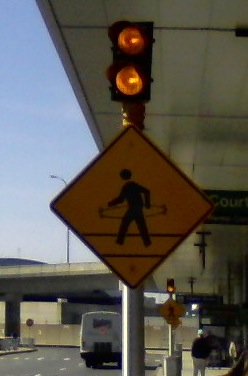I was unimpressed with this the first time I watched it, but after trying it again I’m finding it entirely remarkable. Todd Lappin handed his new iPad to his 2.5 year-old daughter and filmed her first few minutes using the device.
This is cheating to some extent in that she’s already used an iPhone and therefore understood not only the basic interface but also many of the applications (including her games in particular).
That aside, however, the basic idea that children born today are faced with clear, intuitive interfaces for interacting with computers — and that they can learn to use a device like an iPad before even being able to read — is truly astounding.
YouTube has quite a few videos of children using an iPad (a surprising percentage of whom are 2.5 years old) which only emphasizes the basic point that we’ve invented a device young children can perhaps universally understand.





